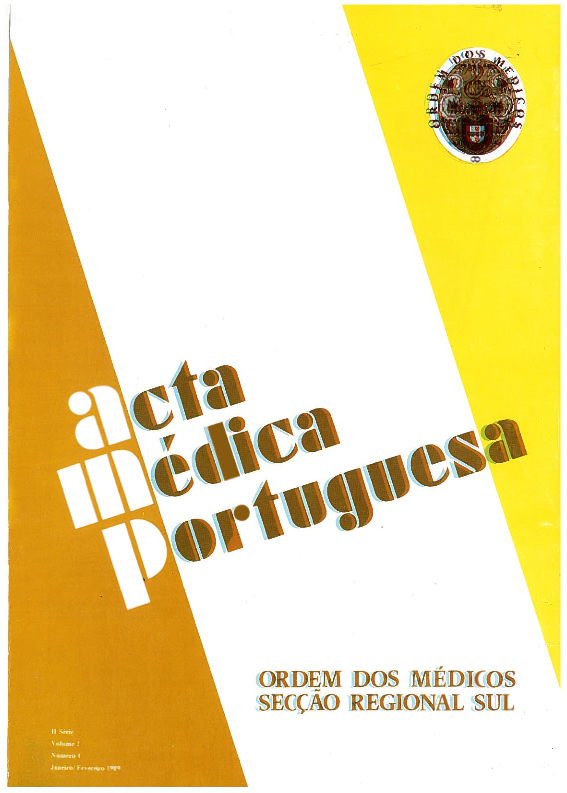Surgical therapy of reflux esophagitis in patients with normal lower esophageal sphincter pressure.
DOI:
https://doi.org/10.20344/amp.3448Abstract
In a group of 12 patients with reflux esophagitis resistant to the medical treatment and normal LES pressure, gastric emptying and bile-gastric (B.G.) reflux (HIDA-CCK test) were determined. All of the patients had delayed gastric emptying associated in seven with high levels of B.G. reflux. Two of the patients had an unsuccessful fundoplication two years ago and five have been cured of duodenal 3 or gastric 2 ulcer with antacids. Although there was an evolution to an ulcer scar in all of these patients the abdominal post-prandial pain persisted and some of them maintained occasional bilious vomiting. Deep gastritis with dysplasia and metaplasia of the gastric mucosa was demonstrated in all of these five patients. The esophagitis was an isolated phenomenon in 3 patients, one had a peptic esophageal stricture above de cardia, and another one a Barrett esophagus. A proximal gastric vagotomy (PGV) and pyloroplasty was performed in patients with delayed gastric emptying without BG reflux. The other 7 patients with concomitant high BG reflux were treated by a duodenal diversion to a Roux-en-Y loop and P.G.V. Esophageal and gastric symptoms disappeared soon after surgery. Esophageal biopsies were normal six months after surgery and the intense gastritis changed to a less serious form of superficial gastritis. It is concluded that delayed gastric emptying associated or not with high values of BG reflux can be the most important pathogenic factor that cause reflux esophagitis in this group of patients. The improvement of gastric emptying and elimination of BG reflux can be the proper method to treat these situations.Downloads
Downloads
How to Cite
Issue
Section
License
All the articles published in the AMP are open access and comply with the requirements of funding agencies or academic institutions. The AMP is governed by the terms of the Creative Commons ‘Attribution – Non-Commercial Use - (CC-BY-NC)’ license, regarding the use by third parties.
It is the author’s responsibility to obtain approval for the reproduction of figures, tables, etc. from other publications.
Upon acceptance of an article for publication, the authors will be asked to complete the ICMJE “Copyright Liability and Copyright Sharing Statement “(http://www.actamedicaportuguesa.com/info/AMP-NormasPublicacao.pdf) and the “Declaration of Potential Conflicts of Interest” (http:// www.icmje.org/conflicts-of-interest). An e-mail will be sent to the corresponding author to acknowledge receipt of the manuscript.
After publication, the authors are authorised to make their articles available in repositories of their institutions of origin, as long as they always mention where they were published and according to the Creative Commons license.









